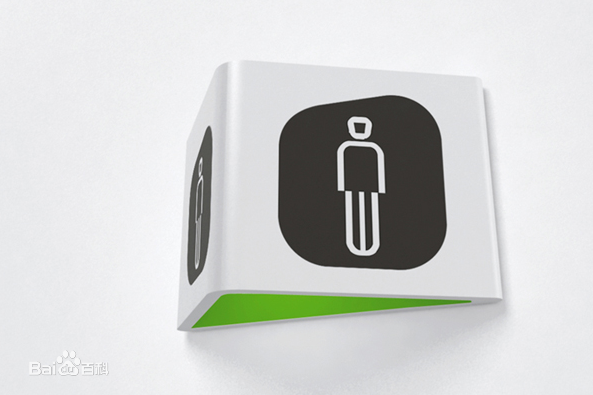Struggling to curb misinformation, social media platforms are experimenting with design interventions to enhance consumption of credible news on their platforms. Some of these interventions, such as the use of warning messages, are examples of nudges -- a choice-preserving technique to steer behavior. Despite their application, we do not know whether nudges could steer people into making conscious news credibility judgments online and if they do, under what constraints. To answer, we combine nudge techniques with heuristic based information processing to design NudgeCred -- a browser extension for Twitter. NudgeCred directs users' attention to two design cues: authority of a source and other users' collective opinion on a report by activating three design nudges -- Reliable, Questionable, and Unreliable, each denoting particular levels of credibility for news tweets. In a controlled experiment, we found that NudgeCred significantly helped users (n=430) distinguish news tweets' credibility, unrestricted by three behavioral confounds -- political ideology, political cynicism, and media skepticism. A five-day field deployment with twelve participants revealed that NudgeCred improved their recognition of news items and attention towards all of our nudges, particularly towards Questionable. Among other considerations, participants proposed that designers should incorporate heuristics that users' would trust. Our work informs nudge-based system design approaches for online media.
翻译:社交媒体平台正在试验设计干预措施,以提高其平台上可靠新闻的消费。其中一些干预措施,例如使用警告信息,是表现力量的例子 -- -- 一种指导行为的保存选择的技术。尽管应用了这些手段,但我们不知道这些力量能否引导人们在网上作出有意识的新闻可信度判断,如果他们这样做,在哪些限制下。回答是,我们把施压技巧与基于超常的信息处理结合起来,设计NudgeCred -- -- 推特浏览器扩展版。NudiceCred指示用户注意两个设计提示:一个来源的权威和其他用户对一份报告的集体意见,即启动三个设计工具 -- -- 可靠、有争议和不可信赖 -- -- 的权威和其他用户集体意见。尽管应用这些手段,我们不知道这些手段是否能引导人们在网上作出有意识的新闻可信度的判断。在一项受控制的实验中,我们发现NudiceCred大大帮助了用户(n=430)区分了新闻推文的可信度,三个基于行为上的混乱 -- -- 政治意识形态、政治怀疑主义和媒体怀疑。一个为期五天的实地部署,与12名参与者一起进行报告,显示他们对设计设计计划的注意力和质疑,因此,他们应该更加信任。





